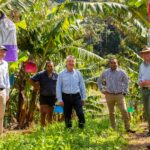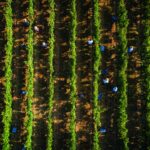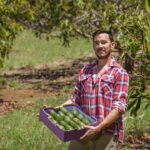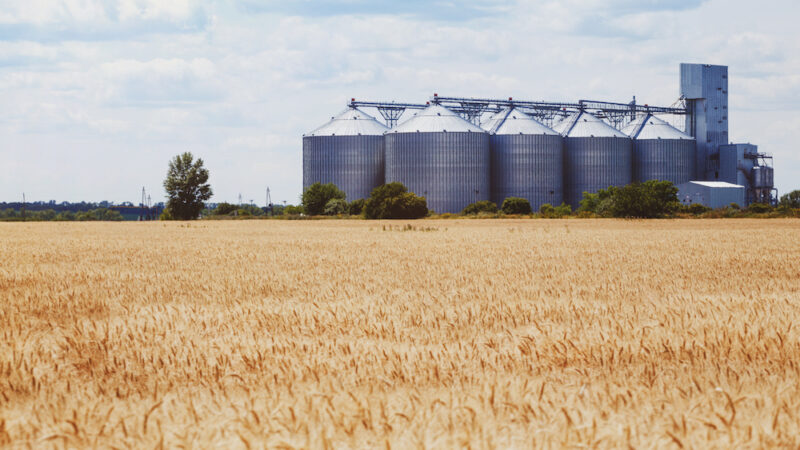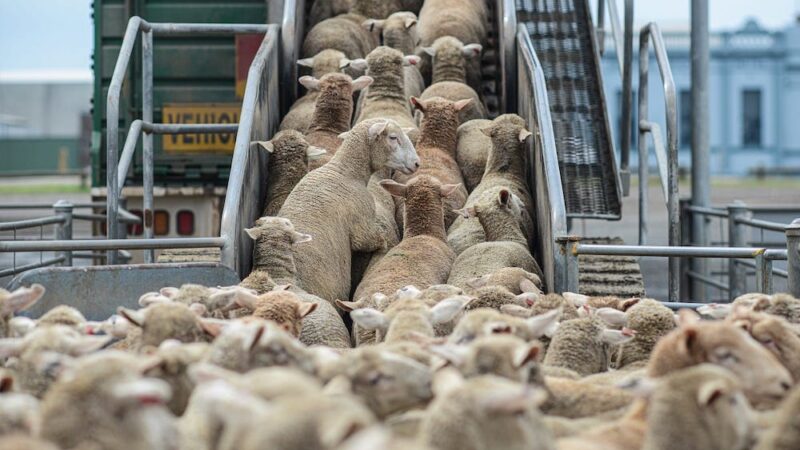NSW Farmers has warmly welcomed Daryl Quinlivan as the state's first Agriculture Commissioner with CEO…
Ag Commissioner: Protecting agricultural land
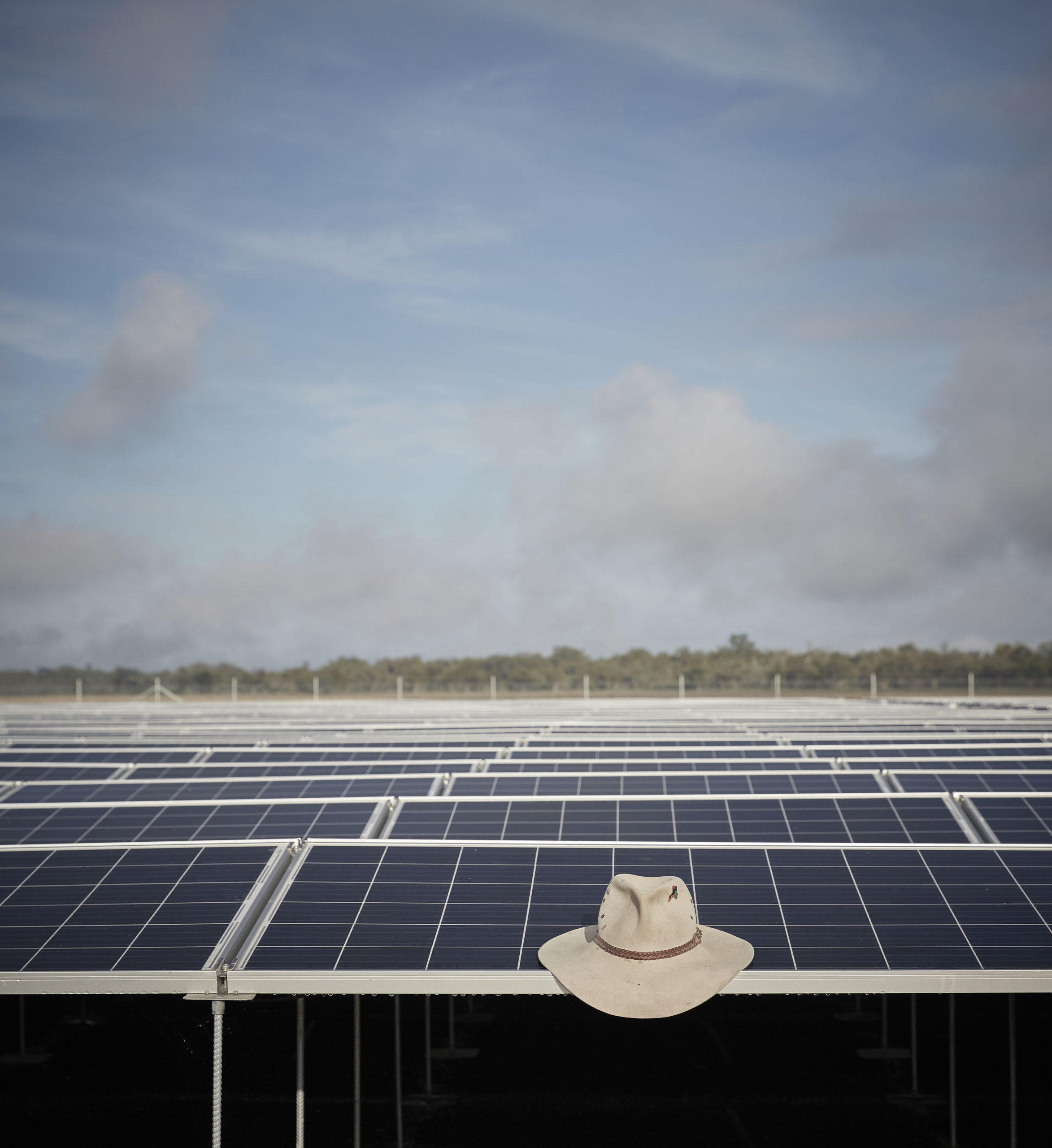
Regional NSW is suddenly a very busy place. The agriculture sector is booming, regional centres are undergoing a revival, and the energy transition is well underway. But with all the buzz comes the risk of conflict as key land use interests vie for space.
The NSW Agricultural Commissioner, Darryl Quinlivan, has released his report on how the NSW planning system can accommodate key land use interests and minimise the risk of conflict. The Improving the Prospects for Agriculture and Regional Australia in the NSW Planning System report suggests that smart planning will play a central role, but conflict resolution will also need to be part of the equation.
Tenterfield farmer and Conservation and Resource Management Committee Chair at NSW Farmers, Bronwyn Petrie, agrees that the divergent interests driving agriculture, peri-urban development and energy generation necessitate a smart planning system to avoid or minimise conflict.
“Australia is growing more urbanised, and that trend is increasingly spreading to regional areas as one in five Aussies seek a quieter life outside our capital cities,” Ms Petrie said.
The report’s thirteen recommendations have a central theme to develop a specific policy on agricultural land use. This would include identification of higher quality agricultural land and a State Significant Agricultural Land (SSAL) map to be used consistently by councils and other agencies to inform strategic planning consistent with the State’s growth objectives such a renewable energy.
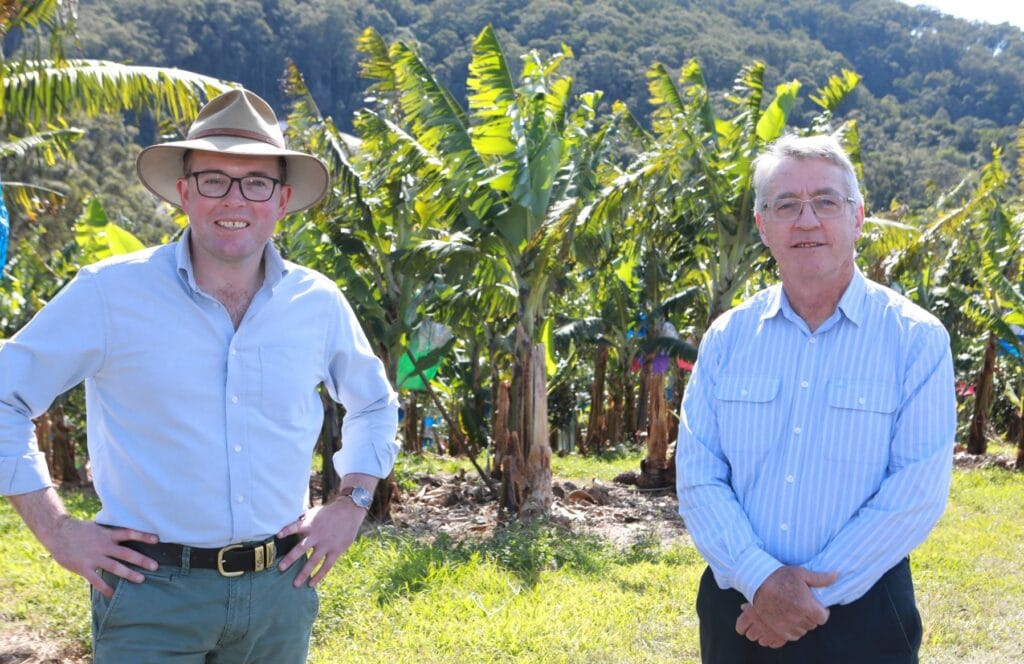
Mr Quinlivan said land use conflict is a serious threat to the prosperity of rural and regional NSW and warrants a focused policy response to ensure early intervention as our communities grow.
“Councils are also seeking more direction from the NSW Government on how to plan for agricultural land use and this review supports that request.”
NSW Agriculture Commissioner Daryl Quinlivan
“Councils are at the frontline of managing competing land use priorities, while protecting traditional primary industries as towns expand and grow around them.”
NSW Agriculture Minister Adam Marshall said the reports intention is not to prevent land use change but to ensure those decisions are well informed about the importance of this land to our agricultural sector.
“The NSW Government is currently reviewing the 13 recommendations in the report and will respond in the coming months,” Mr Marshall said.
As part of the review, the NSW Department of Primary Industries (DPI) will release a draft State Significant Agricultural Land map for exhibition, which will be refined and improved through a public consultation process over the coming months.
Renewable energy and agricultural land
With five new Renewable Energy Zones set for New South Wales, the installation of renewable energy infrastructure and transmission lines will create a major land use interest for farmers to contend with. And with agricultural land often considered a ‘default zone’ for accommodating other developments, it’s a serious concern to be grappling with.
As part of the report’s consultation process, stakeholders including the NSW Farmers, expressed significant concern about the development of renewable energy infrastructure and associated transmission capacity on agricultural land.
This reflects concerns about landscape disturbance, impact on the value of nearby land, the potential for land use conflict and fragmentation or sterilisation of good agricultural land and uncertainty about decommissioning obligations
“Farmers are not opposed to the energy transition or the installation of renewable energy infrastructure, they just want a seat at the table in major land use decisions and assurance their assets will not be undervalued,” Ms Petrie said
“Critically, the Commissioner also addressed the huge public input around renewable energy expansion and that this was not in his terms of reference to address. This shows a clear need for a dedicated Office where the valuable concepts raised in this report can be developed and implemented in a whole of government, coordinated way.”
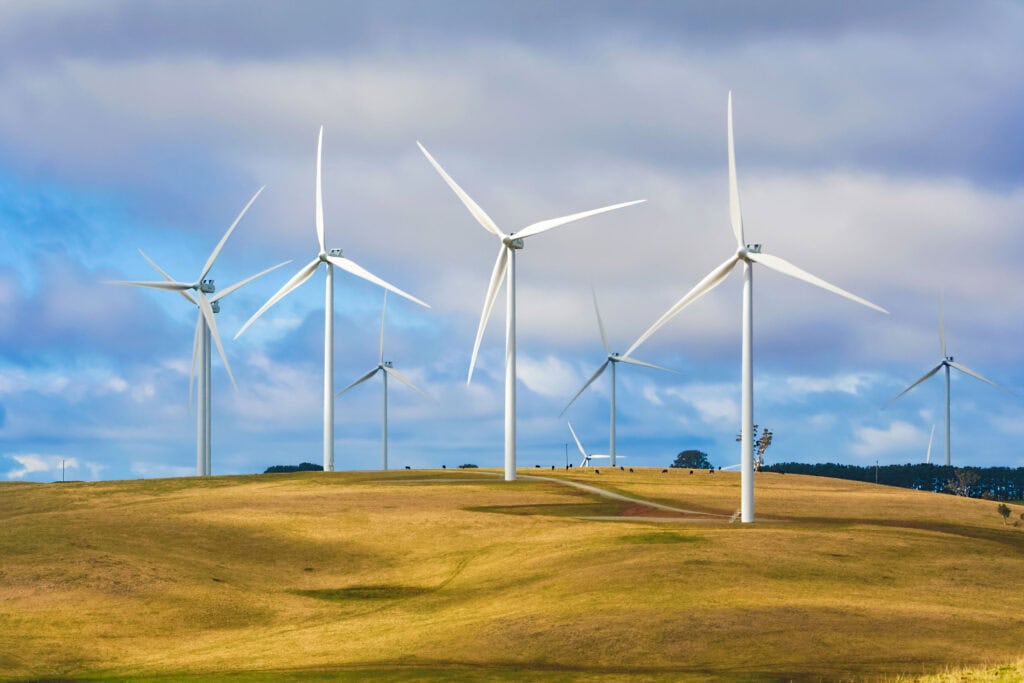
For farmers like Bronwyn Petrie, the importance of forward-thinking land use planning is about more than avoiding conflict. It is about protecting the finite resource that is our most productive and valuable agricultural land.
“With more mouths to feed as the global population grows, we cannot afford to jeopardise the future use of our best land.”
Agriculture might be in a boom cycle with more investors looking to green pastures, but agricultural land has slowly shrunk over the last few decades. According to a 2019 Agrifutures report, Australia experienced a 14 per cent decline in land used for food and fibre production between 1973 and 2017, equating to a loss of around 106 million hectares.
When it comes to land use decisions, Bronwyn Petrie said the flow on effects for community must be front of mind.
In the consultation leading to this report, councils raised concerns around the complexity and inconsistency across various planning instruments, and rising incidence and severity of conflict about agricultural activities.
It is unsurprising, then, that stakeholders agreed that land use conflict and problems facing agriculture in the planning system warrant strong policy responses.
“Some of the damage has already been done and in that instance, we need clear conflict resolution processes. But looking to the future, we need to prioritise a smart planning system, and that starts with a whole-of-government approach which we believe will be orchestrated through the Agricultural Commissioner.”
Reassuringly, there are examples of agriculture and urban populations co-existing. In his report, the Commissioner cites the example of the Netherlands, which strategically planned for the use of rural land since 1945 and is now the world’s second largest agricultural exporter despite its small landmass.
Land conflict was front and centre at NSW Farmers’ Executive Council in March, with several branches raising issues about solar power industrial zones. Read more here.


